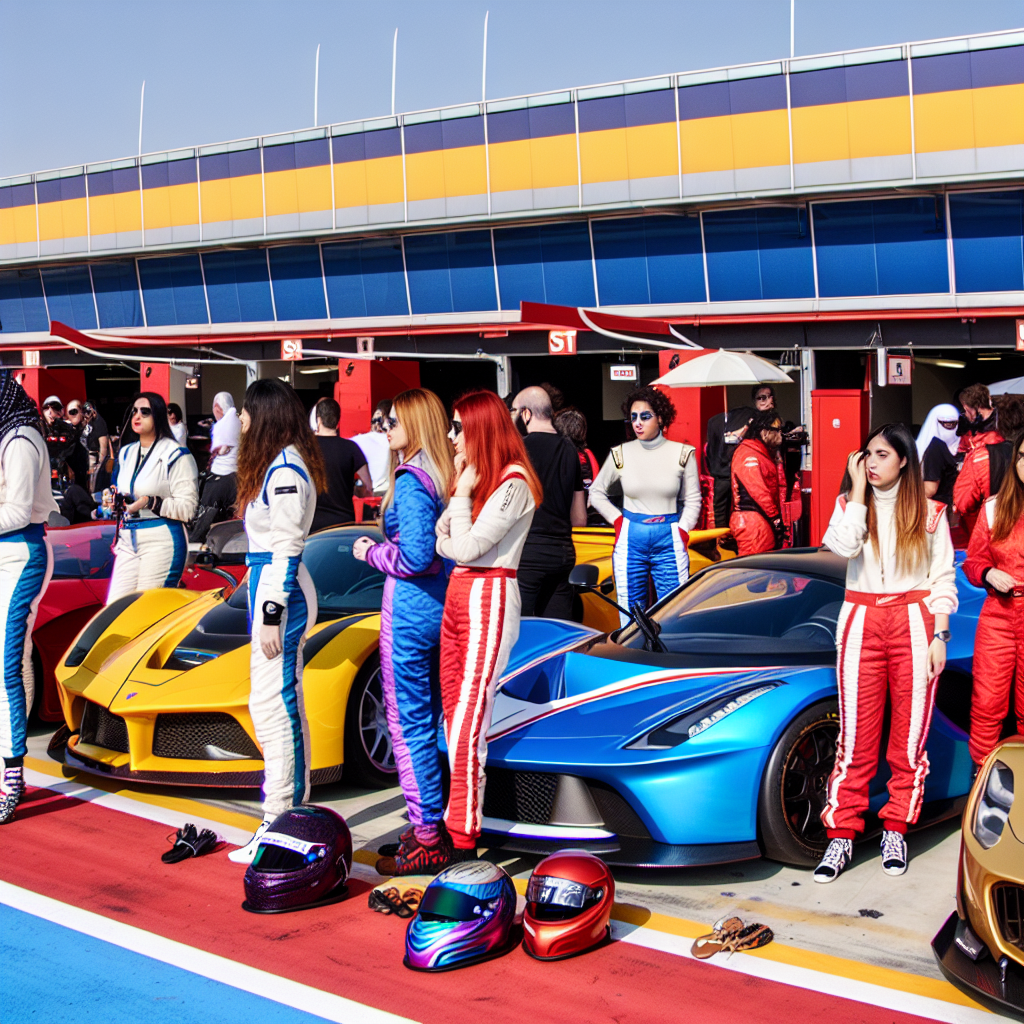Carbon-Negative Luxury: Fashion Houses Leading Climate-Positive Manufacturing
Published by: MOXYGAL | A Destination for Sustainable Sophistication
Redefining Opulence: The Rise of Carbon-Negative Luxury
The concept of luxury has evolved beyond mere opulence. Today’s sophisticated consumers demand more from their luxury experiences, guided by style, substance, ethics, and environmental consciousness. The upper echelons of fashion are shifting from sustainable practices to a more ambitious frontier: carbon-negative luxury. Carbon-negative or climate-positive manufacturing refers to a process where brands actively remove more carbon dioxide from the atmosphere than they emit, actively regenerating the planet.
Major fashion houses like Gucci, Stella McCartney, and initiatives from the Kering Group are spearheading advancements in decarbonization through investments in regenerative agriculture, advanced carbon capture technologies, and waste-to-resource innovation. This represents the pinnacle of mindful elegance, a seamless marriage of ecological accountability and couture credibility.
The Science of Style: How Fashion Houses are Turning Carbon-Negative
The emergence of carbon-negative luxury is a scientifically grounded movement endorsed by environmental researchers and sustainability strategists. Studies by the Ellen MacArthur Foundation reveal the current linear fashion model leads to significant economic and environmental losses, calling for a circular economy with regenerative systems at scale.
The climate-positive approaches employed by leading brands often rest on three foundational pillars: regenerative agriculture, renewable energy adoption, and carbon removal technologies. Brands like Stella McCartney, the Kering Group, and Gucci are pioneering initiatives in these areas, capable of removing up to five tons of carbon per hectare annually.
Technology Meets Textiles: Carbon Capture and Blockchain in Fashion
Biotechnology and digital transparency are fast becoming cornerstones of carbon-negative luxury. Innovators like LanzaTech are converting factory emissions into usable consumer-grade materials through waste-to-resource technology, demonstrating over 90% efficiency in greenhouse gas sequestration. To ensure brands’ claims are verifiable and transparent, technologies like blockchain are being utilized by companies such as Provenance and CertiCarbon.
The Future of Luxury: Beautiful, Responsible, and Regenerative
Carbon-negative luxury offers a radical reimagining of what it means to be opulent in today’s eco-conscious society. As fashion houses merge visionary science with haute couture, they are not merely keeping up with the climate imperative—they are leading it. For those who view indulgence as a responsibility, climate-positive fashion represents the ultimate luxury: beauty that heals the world. The future of lavish living is not just sustainably elegant—it’s regeneratively exquisite.
References
- Ellen MacArthur Foundation – A New Textiles Economy
- Textile Exchange – Regenerative Agriculture in Fashion
- Gucci Equilibrium – Carbon Neutrality Announcement
- Conservation International – Kering Partnership
- Fashion Pact – Official Website
- LanzaTech – Carbon Capture Innovations
- Nature Sustainability – Carbon Capture in Fashion Manufacturing
- Provenance – Blockchain for Sustainable Supply Chains
- CertiCarbon – Verified Carbon Offsets
Concise Summary:
The fashion industry is undergoing a transformative shift towards carbon-negative luxury, where leading brands like Gucci, Stella McCartney, and the Kering Group are pioneering climate-positive manufacturing through regenerative agriculture, renewable energy, and advanced carbon capture technologies. This represents a radical reimagining of luxury that is not just sustainably elegant, but regeneratively exquisite, offering a future of beauty that heals the world.

Dominic E. is a passionate filmmaker navigating the exciting intersection of art and science. By day, he delves into the complexities of the human body as a full-time medical writer, meticulously translating intricate medical concepts into accessible and engaging narratives. By night, he explores the boundless realm of cinematic storytelling, crafting narratives that evoke emotion and challenge perspectives. Film Student and Full-time Medical Writer for ContentVendor.com




